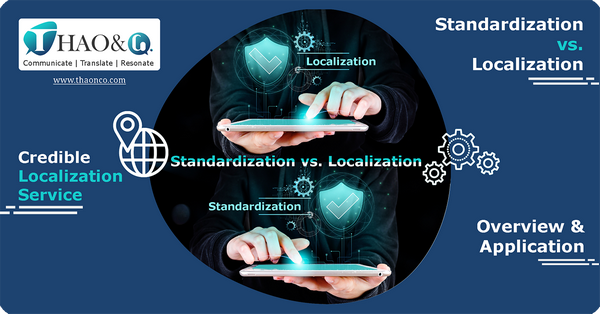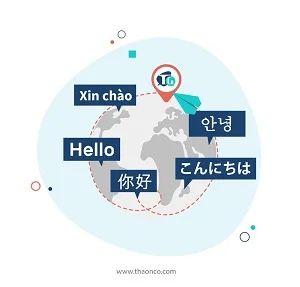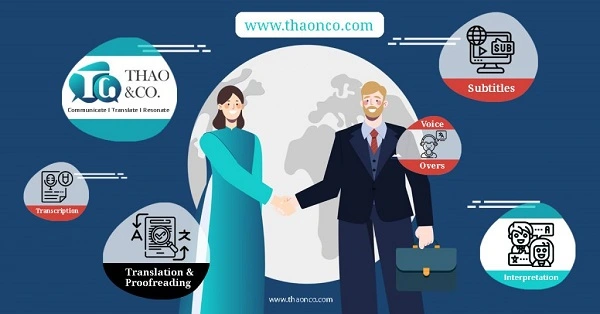Standardization vs. localization are two crucial concepts in the realm of international business expansion and development. For companies and organizations seeking entry into diverse global markets, comprehending and adeptly applying these two processes is of utmost importance. In reality, standardization and localization play vital roles in ensuring consistency, compatibility, and effective interaction with customers and partners worldwide.
In this article, we will explore standardization vs. localization and examine their interplay, key distinctions, and the pivotal role that translation plays in both of these processes.
Standardization is the process of establishing and adhering to a set of common standards to ensure uniformity and compatibility within a specific field. Standardization involves defining the rules, regulations, and guidelines that organizations, industries, or countries must follow to achieve a certain level of consistency in products, services, processes, or systems.
Localization is the process of adapting and customizing a product, service, or content to align with a specific language, culture, country, or region. Localization specialist‘s job is to modify various elements such as language, units of measurement, date formats, icons, colors, images, and content to cater to the preferences and needs of local users.
Localization is frequently applied when expanding into new markets or enhancing the user experience for software products like apps, websites, and games.
Standardization vs. localization are two related but distinct concepts, each with its own goals and scope. Their connection lies in how they work together, where standardization can be applied during the localization process to make sure things follow established standards.
For instance, in the process of game translation and localization, standards regarding terminology translation, the style of character dialogues, and the use of language can be implemented to ensure consistent quality in the translation.

Standardization and localization differ in their core purposes, scopes, and their focus on language and content. Here’s a closer look at these distinctions.
– Standardization: The main aim of standardization is to achieve consistency and uniform quality within a specific domain. Consequently, standardization is centered around establishing common rules, regulations, and guidelines for products, services, or processes.
– Localization: The primary goal of localization is to customize a product, service, or content to suit a specific language, culture, country, or region. As a result, localization places a strong emphasis on creating a better user experience for local users and enhancing the product or service’s accessibility in a new market.
– Standardization: The scope of standardization can vary based on several factors, including the field of application, the goals of the standards, and the intended impact. For example, regarding subtitle translation, Netflix has set forth stringent standards, such as limiting each subtitle line to 42 characters and ensuring a reading speed not exceeding 17 characters per second for adult programs and 13 characters for children’s content.
– Localization: Localization focuses on adapting and fine-tuning a product, service, or content for a specific language, culture, country, or region. A prime example is McDonald’s localization strategy. In each country, the brand translates its website and creates a unique website version that aligns with the tastes and needs of consumers in the target market.
– Standardization: Standardization doesn’t primarily revolve around altering language and content. Instead, it centers on establishing general rules and standards to ensure uniformity and compatibility. Content standardization may also involve using one or two widely spoken global languages, such as English or Chinese, to make the content internationally accessible, targeting the global audience.
– Localization: In contrast, localization places a strong emphasis on adapting and tailoring language and content to cater to local users. This encompasses language translation and the adjustment of messages and content to align with local culture and regulations.

Both standardization and localization are vital and serve distinct roles in the development and success of a product or service in the international market. The level of importance for each aspect hinges on the context and the specific goals of the business.
Standardization is critical as it ensures consistency and compatibility within a specific domain. This process helps maintain product quality, ensure compatibility, and enhance the performance of the involved workforce. Standardization establishes a common foundation to ensure consistency and global accessibility, which helps to build trust and confidence among customers.
However, localization is also incredibly important because it provides a better experience for local users. Localization involves adapting and customizing products, services, or content to align with specific languages, cultures, countries, or regions. This strategic approach creates a sense of closeness and better interaction with local users, all while increasing the accessibility of a product or service in a new market.
Therefore, to achieve success in the international market, it is crucial to consider and implement both standardization and localization. Standardization maintains brand consistency, while localization delivers a personalized experience for users. Combining these two aspects will enable businesses to create products or services that thrive in the global market.
Here are some key points to keep in mind when implementing standardization and localization strategies:
Furthermore, it’s noteworthy that content translation also plays a crucial role and should be carefully managed in the standardization and localization process.
When it comes to standardization, translation helps convert standards from the source language to the target language. This process ensures that standards and regulations are not only correctly understood but also appropriately applied in diverse markets and countries. The translation of documents, guidelines, and information pertaining to standards and procedures plays a pivotal role in ensuring that everyone can comprehend and adhere to them.
As for localization, translation assists in transforming content from the source language into the target language in a manner that aligns seamlessly with local requirements. Translating marketing materials is also a significant part of the localization process.
Given the paramount importance of translation, the selection of a reputable and experienced translation service for software translation is imperative. Careful selection ensures that you obtain the optimal translation at a cost that fits your budget.

If you’re still pondering the selection of a professional translation and localization service, consider Thao & Co. We offer high-quality translation services that are prompt, transparently priced, and trusted by a multitude of satisfied clients. The professional translations provided by Thao & Co. are a guarantee of top-notch translations that align with the culture and language of your target market.
Diverse range of translation services at Thao & Co. includes:
For more detailed information or further consultation on Thao & Co.’s services, we invite you to visit our website: Thaonco.com and our Get a Quote page.
We hope this article has provided you with valuable insights into standardization and localization. Stay tuned for our next articles!